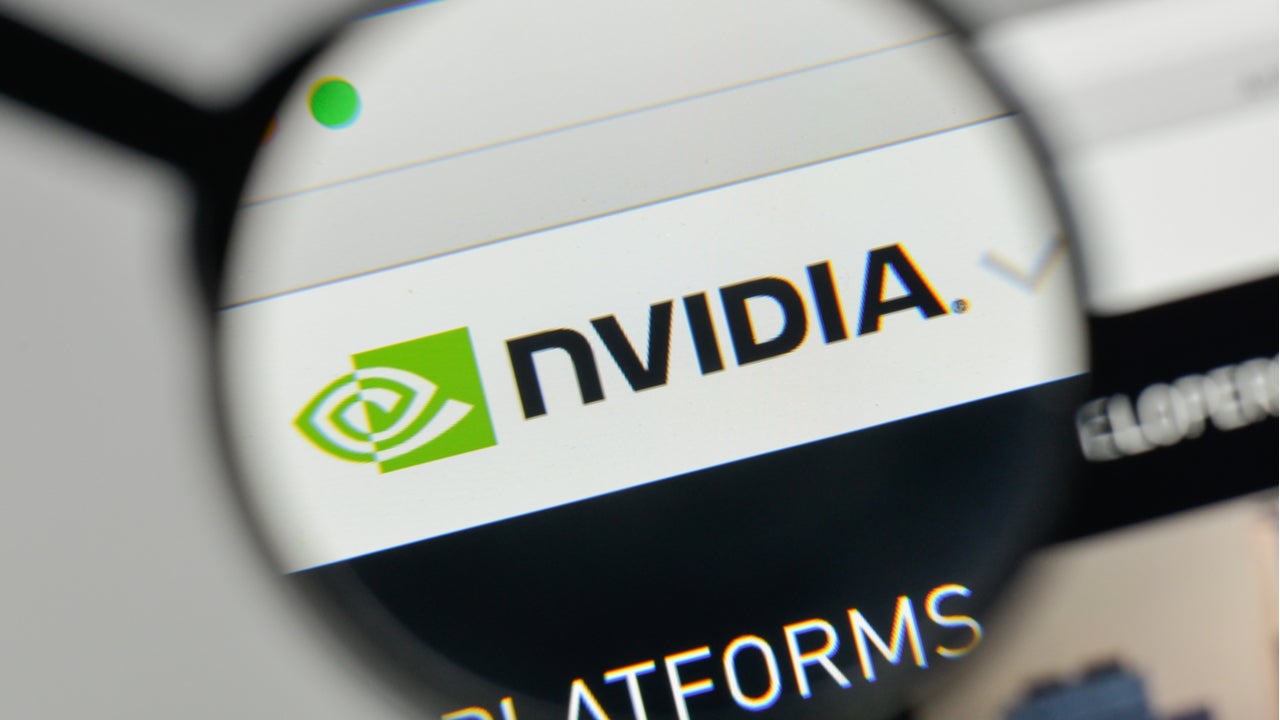Many announcements were made at the GPU Technology Conference (GTC), which celebrated the transformation of NVIDIA from a hardware company into a full-stack computing company. However, a focus of CEO Jensen Huang’s keynote speech was the environment.
NVIDIA are intending to use a range of its products to simulate the effects of climate change to predict and therefore mitigate environmental disasters. They plan to do this by creating a digital twin of Earth.
This twin will be a new supercomputer named E2 (Earth 2), which they will develop in their Omniverse. CEO Jensen Huang hoped that this digital twin, which models the climate of Earth, would be able to make accurate regional impact predictions up to 30 years into the future.
A data driven approach
NVIDIA’s approach is focused on fast, informative, predictive, data modeling using machine learning and their accelerated, high-performance computing, which they hope can then be transformed into predictions that can help mitigate climate change-related disasters.
NVIDIA also announced that they are forming a partnership with the Massachusetts Institute of Technology through a worldwide consortium of public and private sector entities, including Amazon Web Services’ Sustainable Data Initiative, to provide all climate scientists with a way to pool their data and resources.
Mitigating the inevitable
This focus on disaster prevention is an alarming sign that humanity is already having to look at how best to mitigate the effects of climate change rather than prevent it, as it becomes an inevitability that Earth will continue to rise in temperature. Hopes of reducing the emissions that cause climate change in time to avoid these consequences altogether have been dashed, as we are experiencing them already in the form of increased flooding, droughts, and wildfires.
How well do you really know your competitors?
Access the most comprehensive Company Profiles on the market, powered by GlobalData. Save hours of research. Gain competitive edge.

Thank you!
Your download email will arrive shortly
Not ready to buy yet? Download a free sample
We are confident about the unique quality of our Company Profiles. However, we want you to make the most beneficial decision for your business, so we offer a free sample that you can download by submitting the below form
By GlobalDataNVIDIA is already working to mitigate these consequences. They have partnered with the Lockheed Martin AI Center to launch an initiative that uses advanced AI and machine learning to increase the accuracy and response time of wildfire predictions. This then enables operators to act quickly to limit the spread of fires.
NVIDIA AI capabilities
As established simulation specialists, with extensive AI capabilities, NVIDIA are good candidates for this task. However, Huang is right in describing this scale of simulation as ‘daunting’. The multitude of data and the interactions between them are unfathomably large.
Huang announced that their new NVIDIA Modulus product, a training framework, will help to achieve this. They will use principled physics models and observed data to teach AI to predict climate in super real time. Modulus will continuously readjust, calibrate, and improve the predictions with observed data, which will enable it to generate predictions again and again. Huang hopes this will be up and running in the Omniverse in ‘a couple of years’.
NVIDIA faces European competitors
NVIDIA is not the first to try to make a digital twin of the Earth. In March 2021, the European Centre for Medium-Range Weather Forecasts presented their project, Destination Earth (DestinE). This project has several advantages over NVIDIA, as it is partnered with the European Space Agency (ESA) and the European Organization for the Exploitation of Meteorological Satellites (EUMETSAT).
These organizations have extensive experience with weather forecasts but also have access to Earth observation data, both of which are vital resources in the development of a digital twin of Earth. They do not, however, have the software and AI capabilities that NVIDIA claims are essential for the project. Perhaps it would be mutually beneficial—not only for these organizations but for humanity—if they were to join forces in the battle against climate change.







Related Company Profiles
NVIDIA Corp